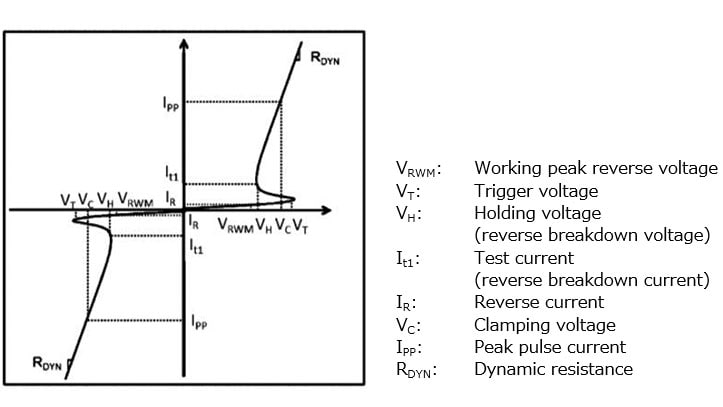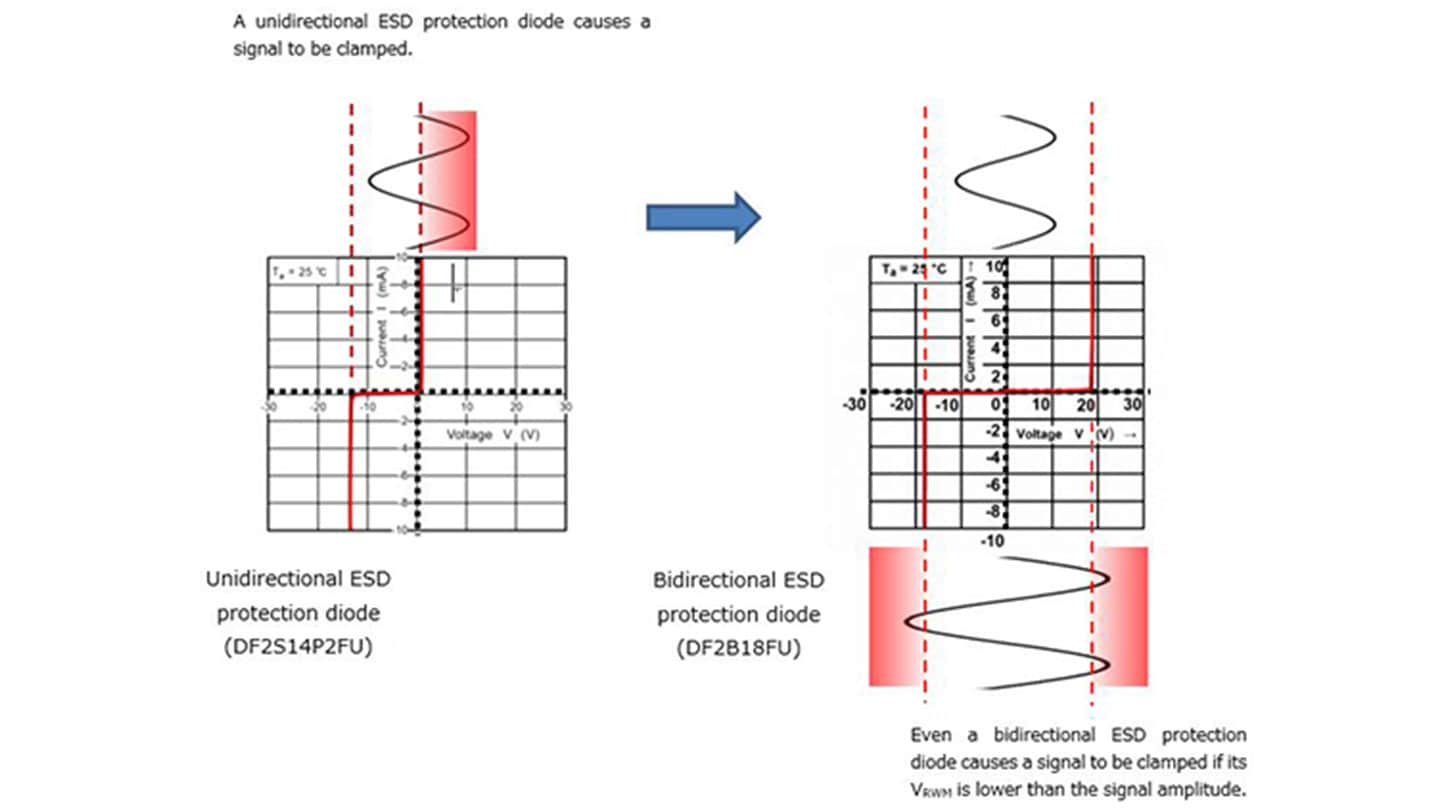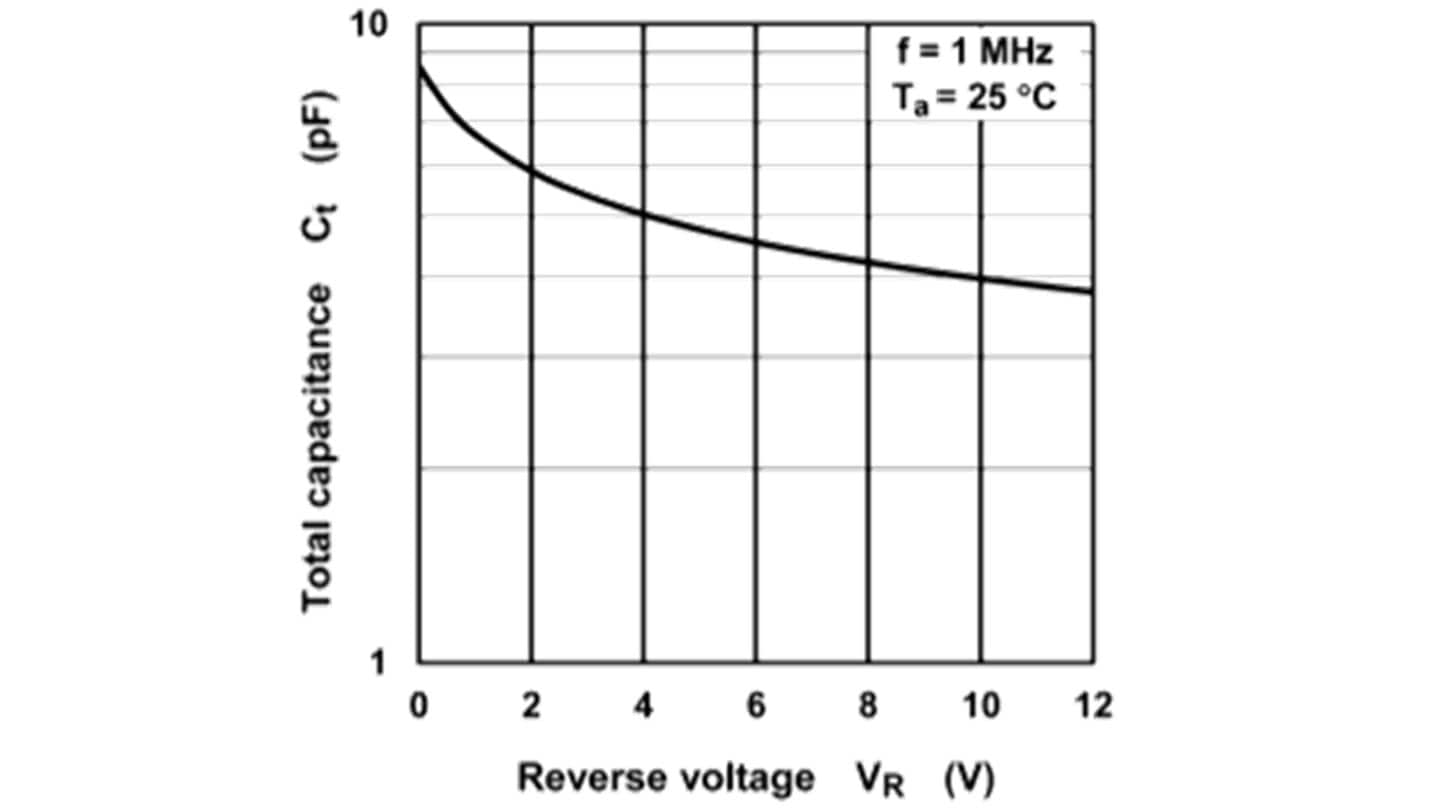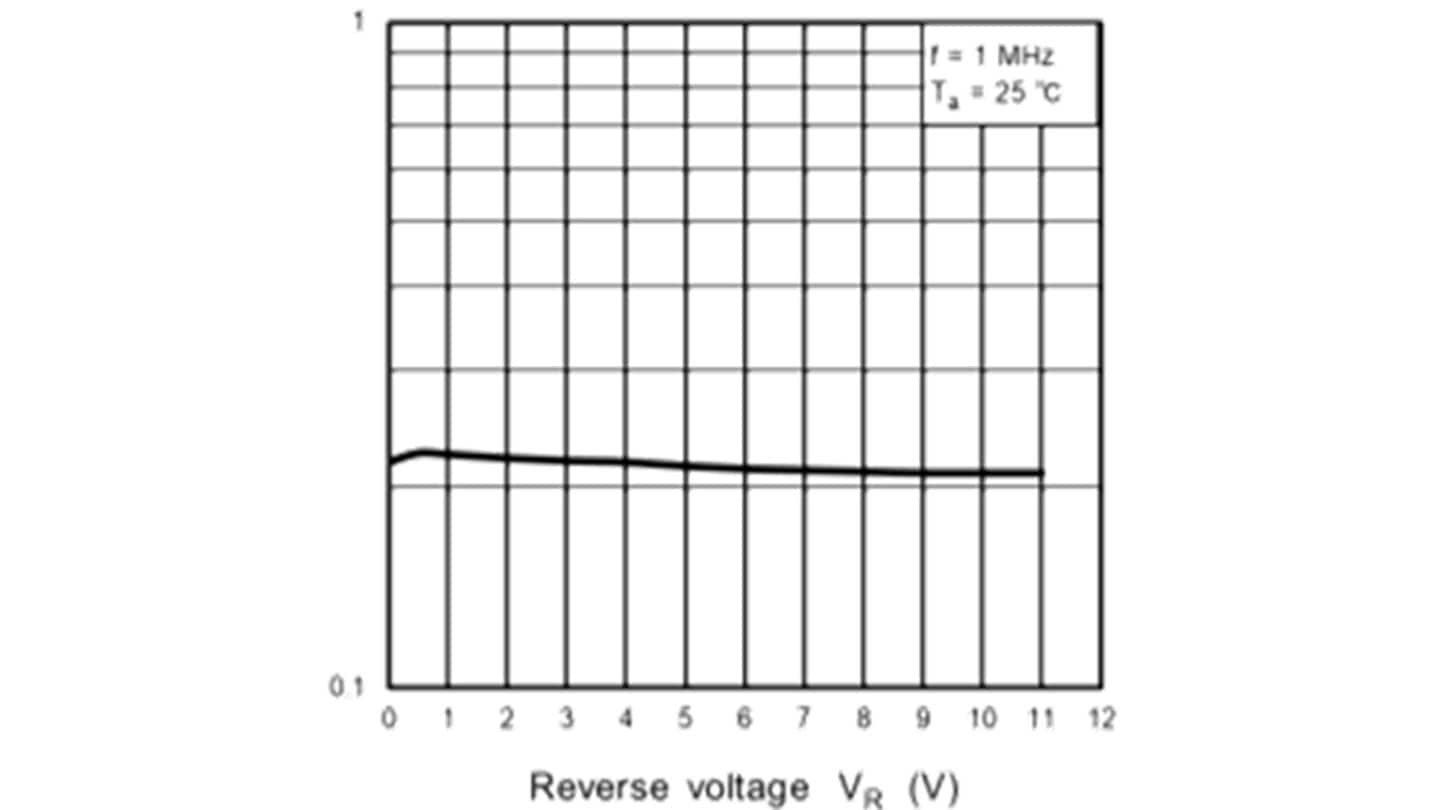- General Top
- SEMICONDUCTOR
- STORAGE
- COMPANY
-
My ToshibaSemicon
- Semiconductor Top
-
ApplicationsAutomotive
Body Electronics
xEV
In-Vehicle Infotainment
Advanced Driver-Assistance Systems (ADAS)
Chassis
IndustrialInfrastructure
BEMS/HEMS
Factory Automation
Commercial Equipment
Consumer/PersonalIoT Equipment
Healthcare
Wearable Device
Mobile
Computer Peripherals
-
ProductsAutomotive Devices
Discrete Semiconductor
Diodes
Transistors
Logic ICs
Analog Devices
Digital Devices
Wireless Devices
※
: Products list (parametric search)
Power SemiconductorsSiC Power Devices
※
: Products list (parametric search)
Isolators/Solid State RelaysPhotocouplers
Digital Isolators
Solid State Relays
Fiber Optic Transmitting Modules
※
: Products list (parametric search)
MOSFETsIGBTs/IEGTsBipolar Transistors※
: Products list (parametric search)
Diodes※
: Products list (parametric search)
MicrocontrollersMotor Driver ICsIntelligent Power ICs※
: Products list (parametric search)
Power Management ICsLinear ICs※
: Products list (parametric search)
General Purpose Logic ICsLinear Image SensorsOther Product ICsOther Product ICs
※
: Products list (parametric search)
-
Design & Development
-
Knowledge
- Where To Buy
- Part Number & Keyword Search
- Cross Reference Search
- Parametric Search
- Stock Check & Purchase
This webpage doesn't work with Internet Explorer. Please use the latest version of Google Chrome, Microsoft Edge, Mozilla Firefox or Safari.
require 3 characters or more. Search for multiple part numbers fromhere.
The information presented in this cross reference is based on TOSHIBA's selection criteria and should be treated as a suggestion only. Please carefully review the latest versions of all relevant information on the TOSHIBA products, including without limitation data sheets and validate all operating parameters of the TOSHIBA products to ensure that the suggested TOSHIBA products are truly compatible with your design and application.Please note that this cross reference is based on TOSHIBA's estimate of compatibility with other manufacturers' products, based on other manufacturers' published data, at the time the data was collected.TOSHIBA is not responsible for any incorrect or incomplete information. Information is subject to change at any time without notice.
require 3 characters or more.
The quality of an RF signal should not be degraded when there is no ESD event
For the received signal, it suffices to consider the attenuation of the signal level. For the signal to be transmitted, it is also important to ensure that it will not become distorted. It is necessary to consider harmonic distortion for modern modulation methods such as 16-QAM and 64-QAM* that modulate both phase and amplitude.
For signal attenuation, consider the band of the low-pass filter formed by parasitic capacitance. In other words, it is desirable to use ESD protection diodes with low capacitance. Ideally, the maximum signal frequency should be about one-fifth of the cut-off frequency.
Harmonic distortion** should be linear with respect to the amplitude level. Since an RF signal generally swings across the GND level at the antenna end, choose a bidirectional ESD protection diode that provides symmetrical voltage swings around the GND level. It is also important to ensure that the ESD protection diode does not enter breakdown when a signal with a large amplitude is applied. In other words, the working peak reverse voltage (VRWM) of the ESD protection diode should be higher than the maximum input amplitude level.
In addition, the operation of an ESD protection diode is dependent on voltage since it has parasitic junction capacitance. It is therefore desirable to choose a low-capacitance diode whose capacitance does not change much with voltage.
To recap, select ESD protection diodes that:
- have low capacitance;
- are bidirectional;
- have VRWM higher than the maximum signal amplitude; and
- exhibit a small change in capacitance.


Figure 3 I-V curves
(Unidirectional and bidirectional ESD protection diodes)


Figure 4 Total capacitance vs reverse voltage
(Standard- and low-capacitance ESD protection diodes)

